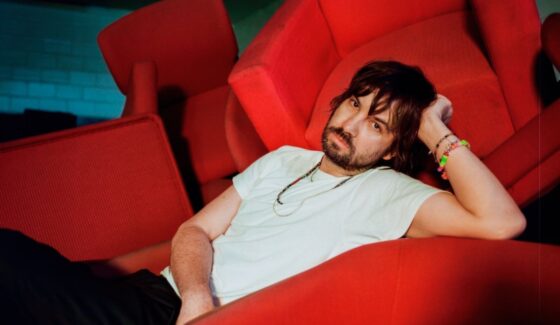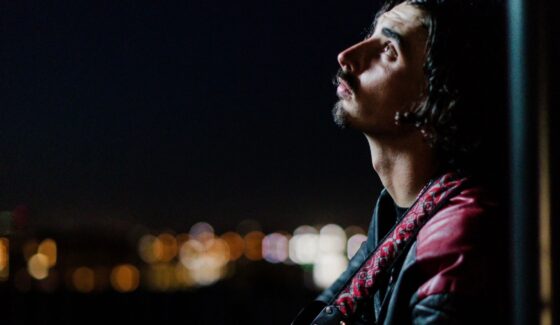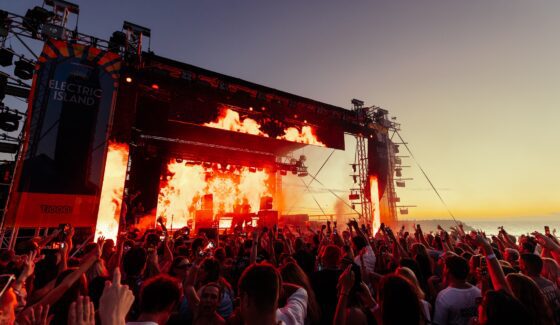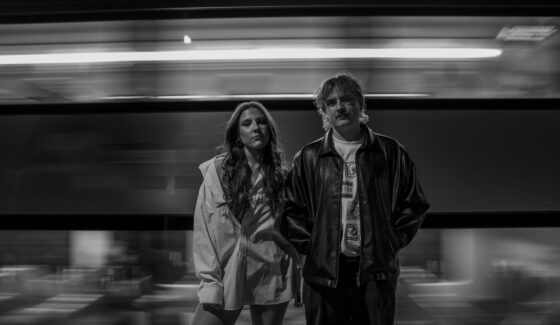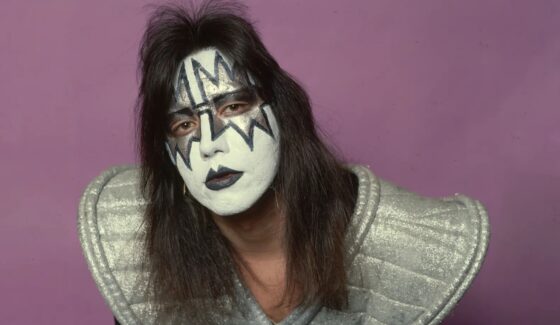Tidal Peak Finds Home in Nostalgia and Oceanic Dreams on ‘Treasureville’
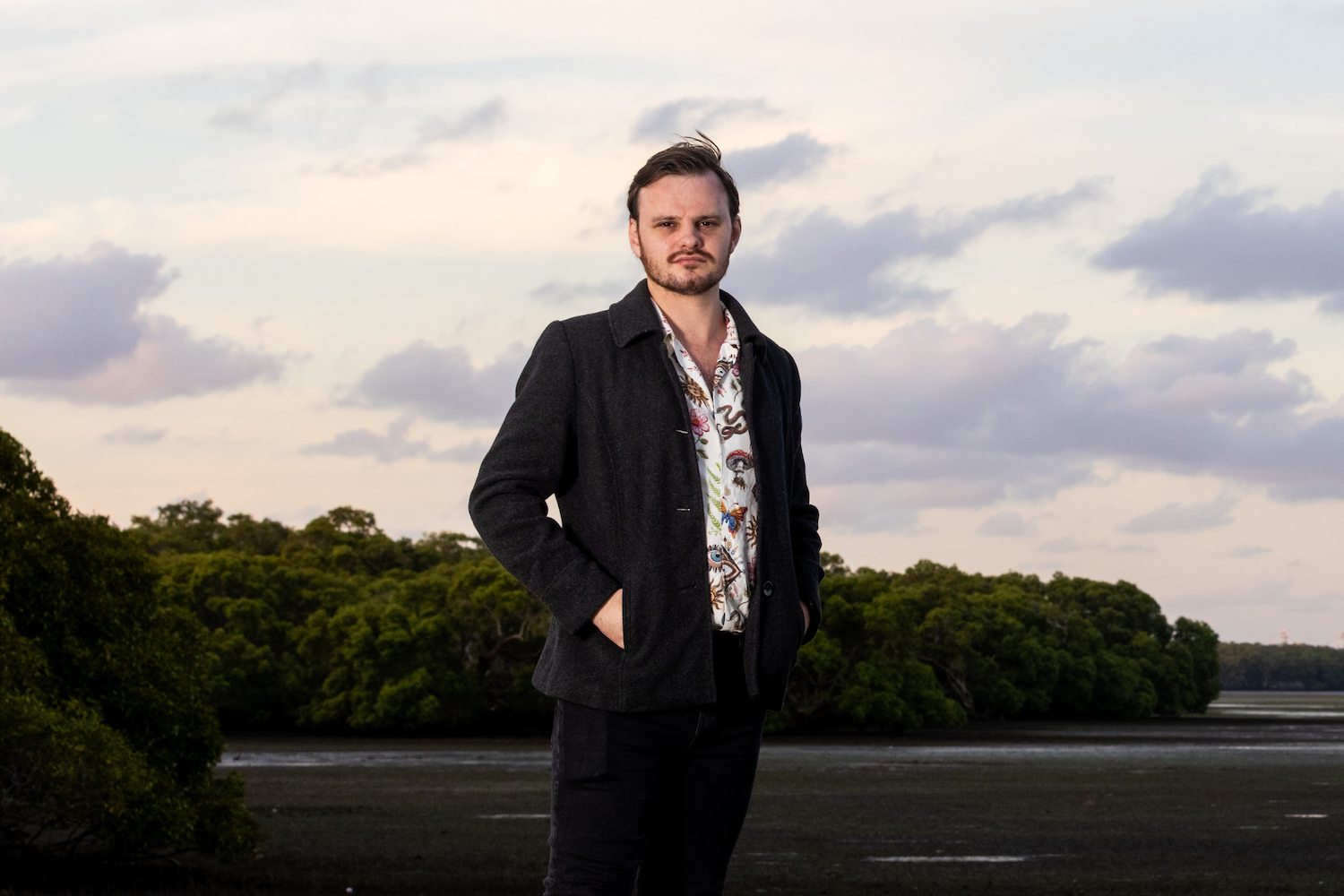
After nearly six years in the making, dream pop artist Tidal Peak has finally unveiled Treasureville — a deeply personal, ocean-soaked album that captures memory, place, and emotional renewal in shimmering, cinematic sound. Across layered synths, reverb-drenched guitars, and lyrics rooted in his hometown of Yeppoon, Treasureville is more than just an album — it’s a reflective return to where it all began. We caught up with Kyle Lacko, the artist behind the moniker to explore the stories, gear, and moments that shaped the record’s floaty atmosphere and heartfelt themes.
Congrats on the release of Treasureville! How does it feel to have it out?
It feels like a weight has been lifted. I’ve spent almost every day for the past five and a half years thinking about this release. It feels good letting everyone experience the songs themselves now after living with them for so long myself.
Tracks like Frangipani Drive and Wilderness Years feel like a dreamy walk down memory lane. Can you tell us what inspired this sound and why those nostalgic visuals of Yeppoon found their way into the song?
There’s always been an oceanic theme present in just about every song I write. I’m not sure how the sound fits in but generally there’s this atmosphere that comes about. Those two tracks were very strong in the nostalgic visuals due to the subject matter that links them together. With tracks like Capricorntown and Frangipani Drive I was writing about Yeppoon as I remembered it. Wilderness Years was very similar in theme but it formed part of a bigger story.
Both Coasting and Wilderness Years are part of a five-part suite called Return to Capricorn — what’s the story behind that concept, and how does it thread through the album?
The Return To Capricorn suite was me telling the story of imagining my return to Yeppoon after so many years, and picturing all the things that had changed while I wandered up and down the beach. It was really a way for me to revisit all of these emotions and feelings I had about the place, since it had shaped so much of my childhood and adolescence. There were landmarks that represented milestones for me, and Yeppoon really was what turned on my love for the sea, the ocean, the beach – all of it. I had been toying with the idea of including a suite on the album when I found all these songs I had linked together as a narrative, and I was also influenced by concepts found on prog-rock and art-rock albums – Kate Bush’s Hounds Of Love being an obvious influence.
READ MORE: Tom Ellis Channels Classic Rock Nostalgia on Catchy New Single ‘Those Days’
As a whole, the album’s atmosphere is so floaty and meditative — what kind of gear or songwriting techniques do you lean on to create that dreamy, weightless soundscape?
I just used whatever I had around me that I could harness or fiddle around with. I was using a battered Microkorg synth and a Korg Volca FM synth for sequencing, plus an Alesis SR-16 drum machine mixed in tandem with a Roland TR-08 – the smaller boutique version of the more famous 808. The guitars I had were multi-tracked and layered using a couple of Zoom effects processors.
Songwriting-wise, I was just writing what came to me at the time when I’d be doing something menial. When I get an idea for a melody or an overall feeling of the song I try to capture what I’m hearing in my head as much as possible. Other times with just a melody to go from, I’d experiment and play around to see what sound the track itself would encompass. Getting the dreamy atmospheric soundscapes always came from putting reverb on just about everything, bar the bass.
You’ve got this really cinematic sense of place in your lyrics — beaches, harbours, childhood haunts — do you start with a memory when writing, or does the music come first and guide the narrative?
The two kind of went hand in hand for this album. Usually the music comes first and then I’ll associate it with some kind of memory or imagery, but when I was writing the songs the images were already there, firmly implanted onto the songs and the sounds. Many scenes of beachfronts helped to paint a picture of the songs that would form the Return To Capricorn suite.
There’s a definite emotional depth across your recent releases. Was Treasureville a cathartic process for you, or did you go into the album with a clear creative vision?
It was a cathartic process by the end of the album’s completion, for sure. When I went in I didn’t know how the album was going to sound. At the time I was trying too hard to make what I thought sounded catchy and psych-pop influenced before I realised there was no depth or substance to any of it, it was all very hollow. After scrapping the tracklist twice I began to see the shape of the album more clearly, which is where the concept came in for the second half. It also helped that my mindset changed and I started writing what came naturally to me, without any regard for anything considered catchy or popular.
If a track off Treasureville was playing during a scene in a movie, what would that scene look like? Slow-motion beach walk? Long drive at golden hour?
There’s a scene in the film Planes, Trains & Automobiles (1987) where Steve Martin’s character finally gets on the train to get home. He’s sitting there and the instrumental version of Power To Believe by The Dream Academy starts playing as he’s imagining his return home as well as remembering moments with John Candy. If one of my tracks were to feature in a movie, I reckon an instrumental version of Wilderness Years where the main character is driving on the road and the main beach slowly comes into view would be quite impactful, as if he’s found his way home to the beach after a long time away from where he truly belongs.
What’s next for the Tidal Peak project?
For the minute I’m getting my bearings back after the amount of time it took to get Treasureville recorded and released. I ended up with a tonne of demos and leftover tracks that didn’t make the album, so I’d like to rework them into a collection to be released sometime in the future. There’s a lot of stuff on there that’s too good not to be released, and it would provide a welcome alternative insight into the drawn-out process of recording Treasureville.
Beyond recording however, I’m not entirely sure. As a band we may play live again sometime in the future, but I don’t know when that would be exactly. Things have never been conventional when it comes to being in Tidal Peak. I just tend to do whatever I feel comfortable with now.


